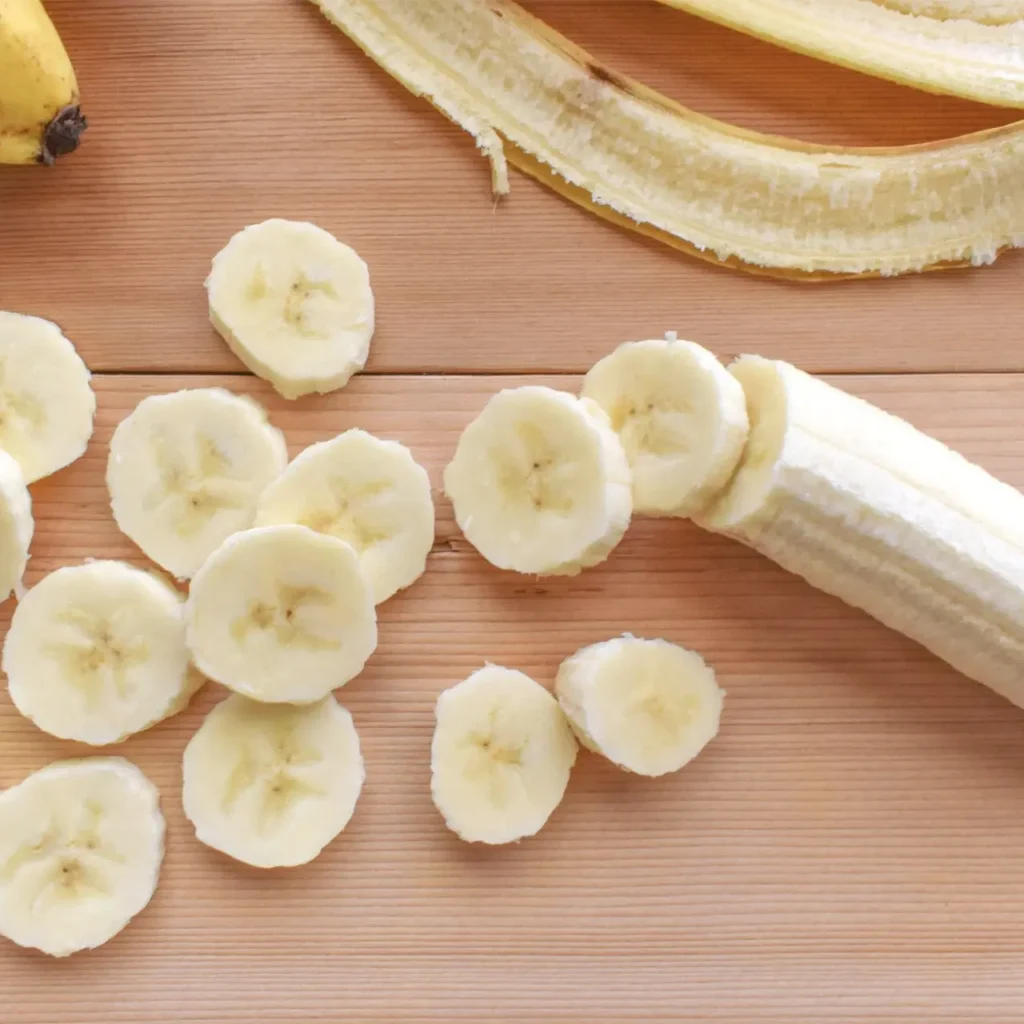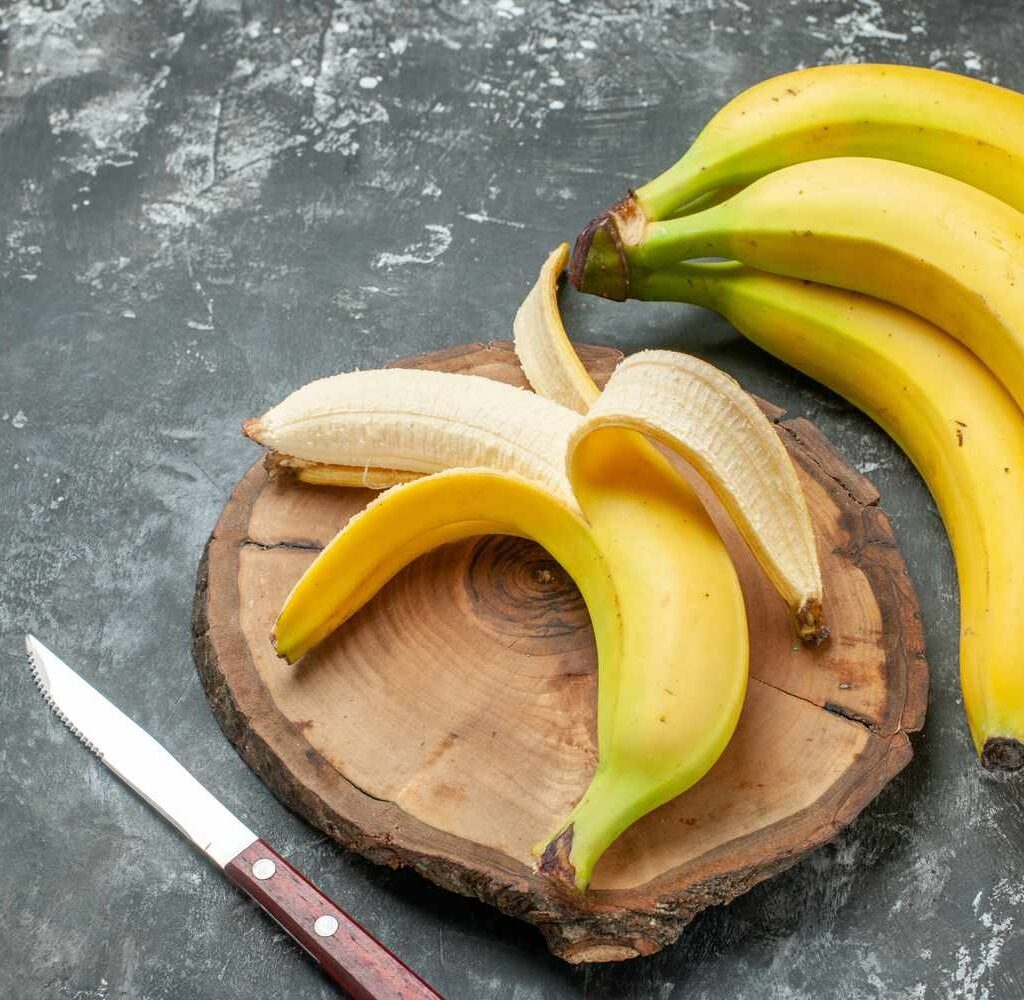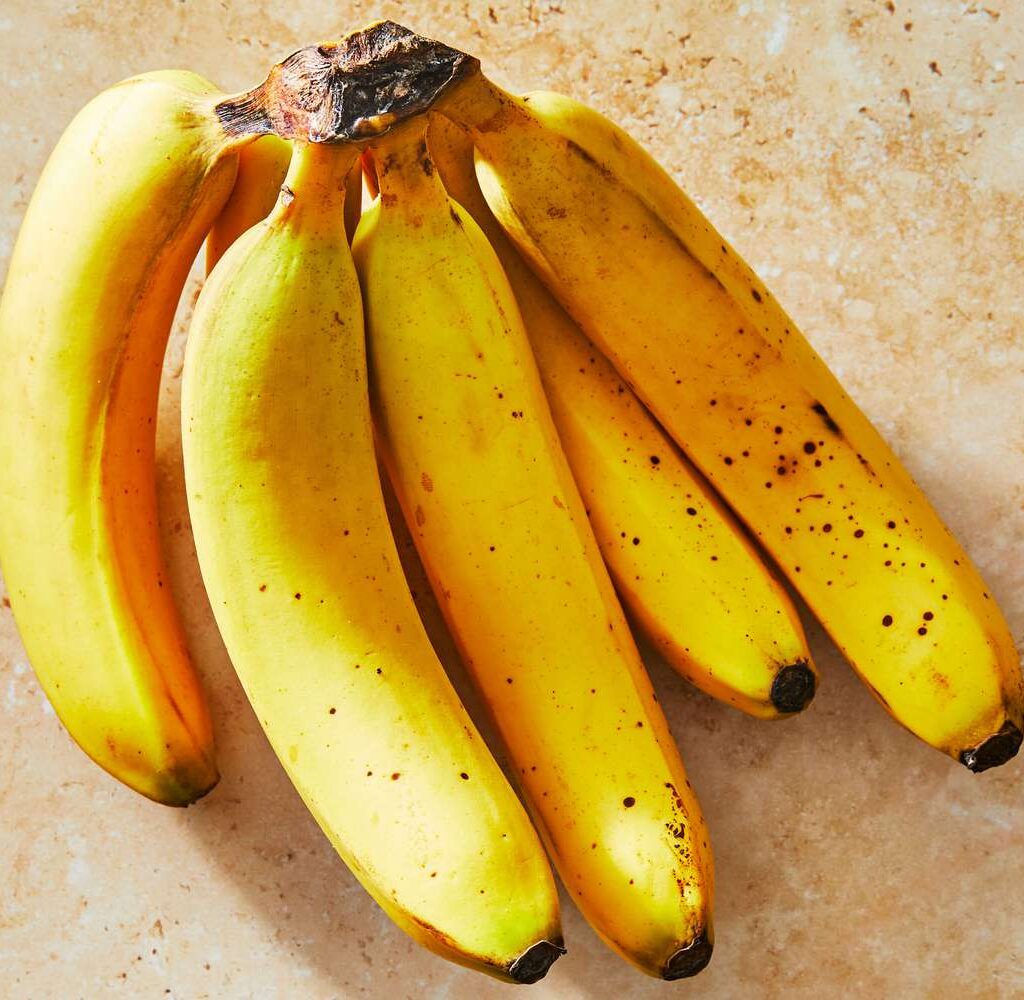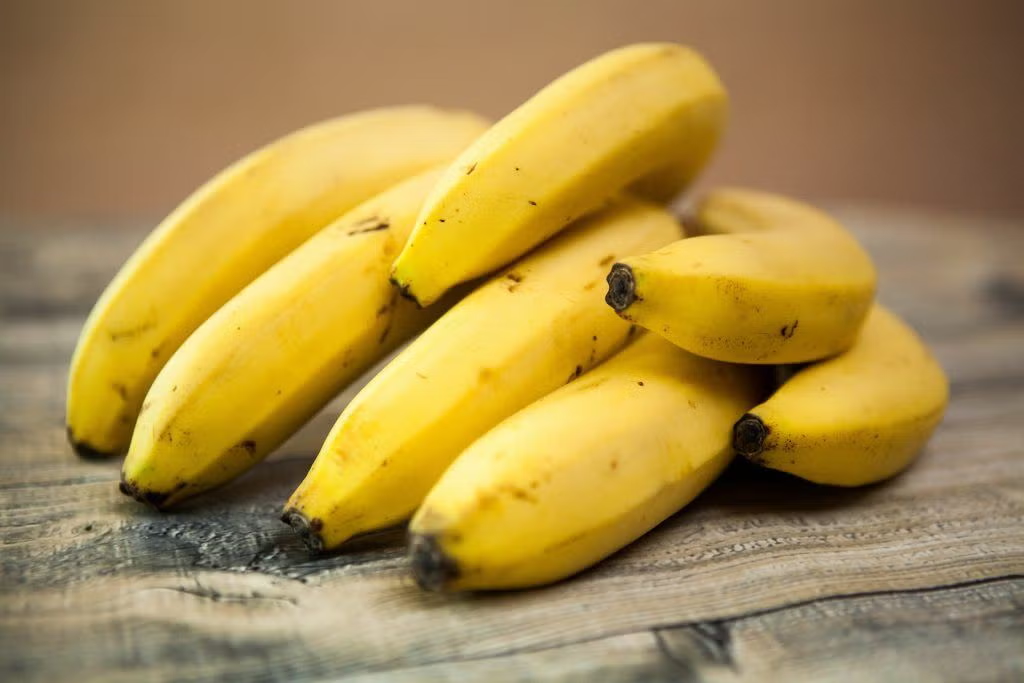Bananas are one of the world’s most consumed and widely cultivated fruits, loved for their sweet taste, convenience, and impressive nutritional benefits. Whether eaten raw, cooked, or added to desserts and smoothies, bananas have become a dietary staple in countless countries, especially across tropical and subtropical regions.
As a major agricultural commodity, bananas not only contribute to human nutrition but also play a critical role in global trade, food security, and rural economies. While many countries cultivate bananas for both local consumption and export, one nation stands out as the largest and most famous banana producer globally — India.
This article explores how India rose to this position, its production landscape, other leading banana-producing countries, the economic importance of bananas worldwide, and the challenges and prospects for future cultivation.
A Brief Overview of Bananas

Bananas belong to the genus Musa, with most edible bananas being cultivars of Musa acuminata, Musa balbisiana, or their hybrids. The fruit typically grows in clusters on large, herbaceous plants and is cultivated in over 135 countries worldwide.
Bananas are known for being:
- Rich in potassium, dietary fiber, and vitamin C
- Low in fat and cholesterol
- Easy to digest and widely available year-round
Globally, there are two primary categories of bananas:
- Dessert bananas – Eaten raw (like the popular Cavendish variety)
- Plantains – Cooked before consumption, often used in savory dishes
Which Country Produces the Most Bananas Globally?

According to the Food and Agriculture Organization (FAO) of the United Nations and various international agricultural reports, India is the world’s largest banana producer, accounting for approximately 26% of global banana production.
Global Banana Production Snapshot (2024 Estimate)
| Rank | Country | Annual Production (Million Metric Tons) |
|---|---|---|
| 1 | India | 31.5 |
| 2 | China | 12.5 |
| 3 | Indonesia | 8.9 |
| 4 | Brazil | 6.9 |
| 5 | Philippines | 6.3 |
India’s dominance is particularly notable because, unlike some other major producers, it produces bananas largely for domestic consumption rather than export.
Why Is India Famous for Producing Bananas?

Several key factors contribute to India’s leadership in banana cultivation:
1. Ideal Growing Conditions
Bananas thrive in hot, humid, tropical climates with rich, well-drained soils — exactly the kind of environment found in many parts of India. States with the most favorable conditions include:
- Tamil Nadu
- Maharashtra
- Karnataka
- Andhra Pradesh
- Bihar
- Kerala
These states offer consistent rainfall or well-managed irrigation systems, ensuring year-round banana production.
2. Massive Cultivated Area
India dedicates over 880,000 hectares to banana cultivation, the largest area under banana cultivation in the world. This extensive plantation landscape contributes to high production volumes.
3. High Domestic Demand
With a population of over 1.4 billion people, India has an enormous and consistent domestic demand for bananas. The fruit is a staple part of the Indian diet, consumed fresh, in desserts, or during religious ceremonies and festivals. This continuous market ensures that farmers have a reliable outlet for their produce.
4. Wide Variety of Cultivars
India grows a rich variety of bananas, including:
- Dwarf Cavendish – The most widely cultivated variety
- Robusta
- Nendran – Popular in Kerala for cooking and chips
- Poovan
- Rasthali
- Monthan
Each region specializes in specific varieties suited to local tastes and climatic conditions.
5. Government Support and Research Initiatives
India’s agricultural institutions, like the National Research Centre for Banana (NRCB), actively promote improved farming techniques, pest control methods, and disease-resistant banana varieties. Government subsidies, farmer training programs, and market infrastructure development have further supported banana cultivation.
Other Major Banana-Producing Countries

While India holds the top spot, several other countries are major contributors to global banana production and trade.
1. China
China ranks second in banana production, particularly in Guangxi, Guangdong, and Hainan provinces. Like India, most of China’s production caters to domestic demand, with minimal exports.
2. Indonesia
Indonesia produces bananas in almost every region, especially Java and Sumatra. It grows both dessert bananas and plantains, supplying local markets and some regional trade.
3. Brazil
Brazil is South America’s leading banana producer, cultivating varieties like Nanica and Prata. The country’s domestic market absorbs most of its production, though it also exports to neighboring countries.
4. Philippines
The Philippines, although fifth in overall production, is one of the top banana exporters in the world, especially of the Cavendish variety. The country exports bananas to Japan, China, South Korea, and the Middle East.
Economic and Cultural Importance of Bananas
1. Economic Contribution
Bananas play a crucial role in rural livelihoods, food security, and national economies in many tropical countries. In India, banana farming supports millions of smallholder farmers and laborers, providing year-round income.
In export-oriented countries like the Philippines and Ecuador (another major exporter not in the top five producers by volume but significant in exports), banana cultivation generates billions in export revenue annually.
2. Cultural Significance
In India, bananas hold deep cultural and religious significance:
- Banana leaves are used in religious ceremonies and as eco-friendly plates during festivals.
- The fruit is offered in temples and during rituals.
- Plantains (raw bananas) are integral to regional cuisines, especially in South India.
Challenges in Banana Production
Despite being a globally essential crop, banana cultivation faces several challenges:
1. Vulnerability to Diseases
Banana crops are highly susceptible to diseases such as:
- Panama disease (Fusarium wilt) – A soil-borne fungus affecting Cavendish bananas.
- Sigatoka leaf spot disease – Causing yield loss and reduced fruit quality.
- Bacterial wilt
These diseases pose significant threats to global banana supplies, especially as Cavendish varieties dominate world production.
2. Market Price Fluctuations
In export markets, banana prices are subject to fluctuations due to global demand-supply dynamics, trade policies, and weather-related disruptions.
3. Post-Harvest Losses
Bananas are highly perishable, leading to significant post-harvest losses in countries lacking cold chain infrastructure. Efficient logistics and storage systems are critical for both domestic markets and international trade.
The Future of Banana Cultivation
The demand for bananas continues to grow, driven by their affordability, nutritional value, and culinary versatility. India and other producing countries are focusing on:
- Breeding disease-resistant banana varieties
- Improving post-harvest storage and transportation
- Developing value-added products like banana chips, flour, and puree
- Expanding organic and sustainable banana farming
With these efforts, the banana industry aims to secure a stable, profitable, and environmentally responsible future.
Conclusion
To summarize, India is the most famous and largest banana producer globally, contributing over 31.5 million metric tons annually — nearly a quarter of global production. The country’s tropical climate, vast agricultural lands, diverse banana varieties, and high domestic demand have solidified its leadership in banana cultivation.
While other nations like China, Indonesia, Brazil, and the Philippines play significant roles in global production and trade, none match India’s scale or cultural connection with bananas. As global demand for this beloved fruit continues to rise, India’s banana industry stands poised for further growth, innovation, and global influence.




Leave A Comment